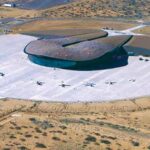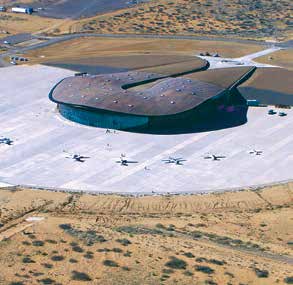Suborbital Payload Launch
Missiles
2019 TSRQ4 – Infrastructure: Spaceports


Spaceport upgrades and new spaceport development are at an all-time high, with 40 active launch sites around the globe, 10 more in development in the United States, Sweden, Australia and Canada, and 13 more proposed in eight countries. . .
2007 – ICBMs and SLBMs
Long-range missiles travel through space, reaching apogees of 950-1100 kilometers, or about five times the altitude of what is generally considered the threshold of low Earth orbit. Intercontinental Ballistic Missiles (ICBM) and Submarine Launched Ballistic Missiles (SLBM) are intended to carry a warhead, typically nuclear, as a payload on a suborbital ballistic trajectory. In the United States, ICBMs fall under the purview of U.S. Air Force Space Command. Funding for their maintenance and operation falls within the major force program for DoD space spending.
2005 – ICBMs and SLBMs
Intercontinental ballistic missiles (ICBM) and submarine-launched ballistic missiles (SLBM) fly a ballistic trajectory, normally intended to carry a nuclear warhead as a payload. While they do not orbit the Earth, the apogee of their flight brings them to altitudes at and well above LEO.